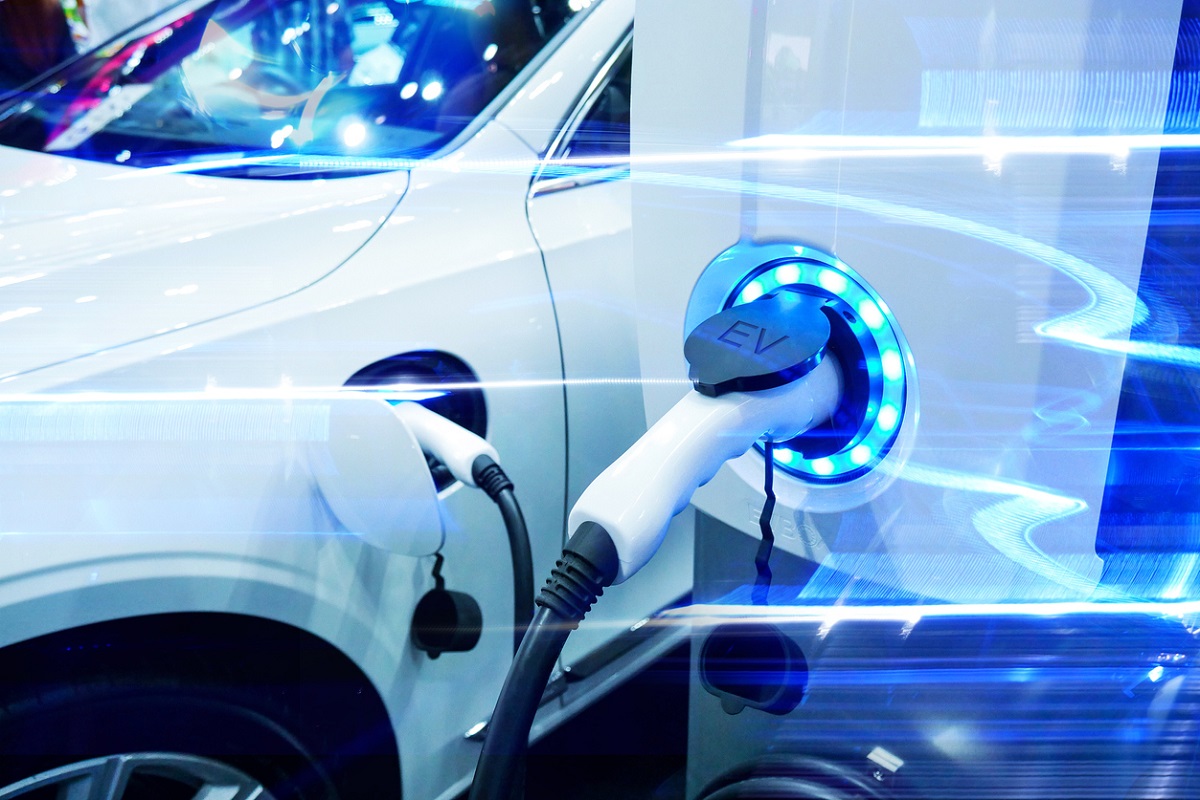India assumes Chair of Asian Disaster Preparedness Centre
India and eight neighbouring countries including Bangladesh, Cambodia, China, Nepal, Pakistan, Philippines, Sri Lanka and Thailand are the founding members of ADPC
In the race toward a sustainable automotive future, the global push to liberate electric vehicles (EVs) from the shackles of rare earth materials dominated by China is gaining momentum.

Representation image
In the race toward a sustainable automotive future, the global push to liberate electric vehicles (EVs) from the shackles of rare earth materials dominated by China is gaining momentum. The recent surge in efforts by European, US and Japanese automakers to explore alternatives signals a pivotal moment in the quest for a more diversified and resilient supply chain. For years, automakers have relied on rare earth-based permanent magnets to power EV motors efficiently. However, this reliance has increasingly become a cause for concern, given China’s stranglehold on the mining and processing of these critical materials.
The recent restrictions on gallium and graphite exports from China have highlighted the vulnerability of the supply chain, prompting a strategic shift in the industry. A noteworthy turning point in this quest came with a significant announcement earlier this year, as a prominent player committed to phasing out rare earths from its next-generation EVs. This commitment, however, is not an isolated move. Several industry leaders are actively exploring or have already implemented technologies with reduced or brought to zero the reliance on rare earth content. One notable alternative that has gained traction is the use of magnet-free externally excited synchronous machines (EESMs). This approach, previously deemed impractical due to size and efficiency issues, is now being made commercially viable, driving the industry’s fervour for diversification. Notably, suppliers have made strides in developing EESM motors that match the performance of traditional permanent magnet motors, marking a crucial step toward reducing dependence on a single source.
Beyond geopolitical concerns, there’s a growing recognition of the environmental impact associated with rare earth extraction and processing. The conventional methods involve the use of solvents and generate toxic waste, posing challenges to the industry’s sustainability goals. Opting for alternatives not only addresses supply chain vulnerabilities but aligns with broader efforts to adopt eco-friendly manufacturing practices. The volatility in rare earth prices adds an additional layer of complexity to the equation. While prices have experienced fluctuations, the unpredictability poses risks for automakers. Technologies that steer clear of rare earths, such as those developed by various companies, offer a more stable solution, shielding EV manufacturers from the uncertainties linked to traditional rare earth magnets. As the industry pivots toward these alternatives, a fundamental question arises. What lies beyond the horizon? The dual approach taken by certain entities, concurrently developing both EESM motors and permanent magnet motors with phased-out rare earths, hints at a nuanced and adaptable strategy.
Advertisement
The industry is not merely abandoning one technology for another. It is proactively diversifying its technological portfolio to navigate an evolving landscape. This transition is not solely about motor innovation. It encompasses a broader transformation. The reduced reliance on heavy rare earths in various components, including sound system speakers, exemplifies a holistic commitment to sustainability. Thus, industry players are not only navigating geopolitical challenges but are also steering toward a more sustainable, adaptable, and environmentally responsible era.
Advertisement